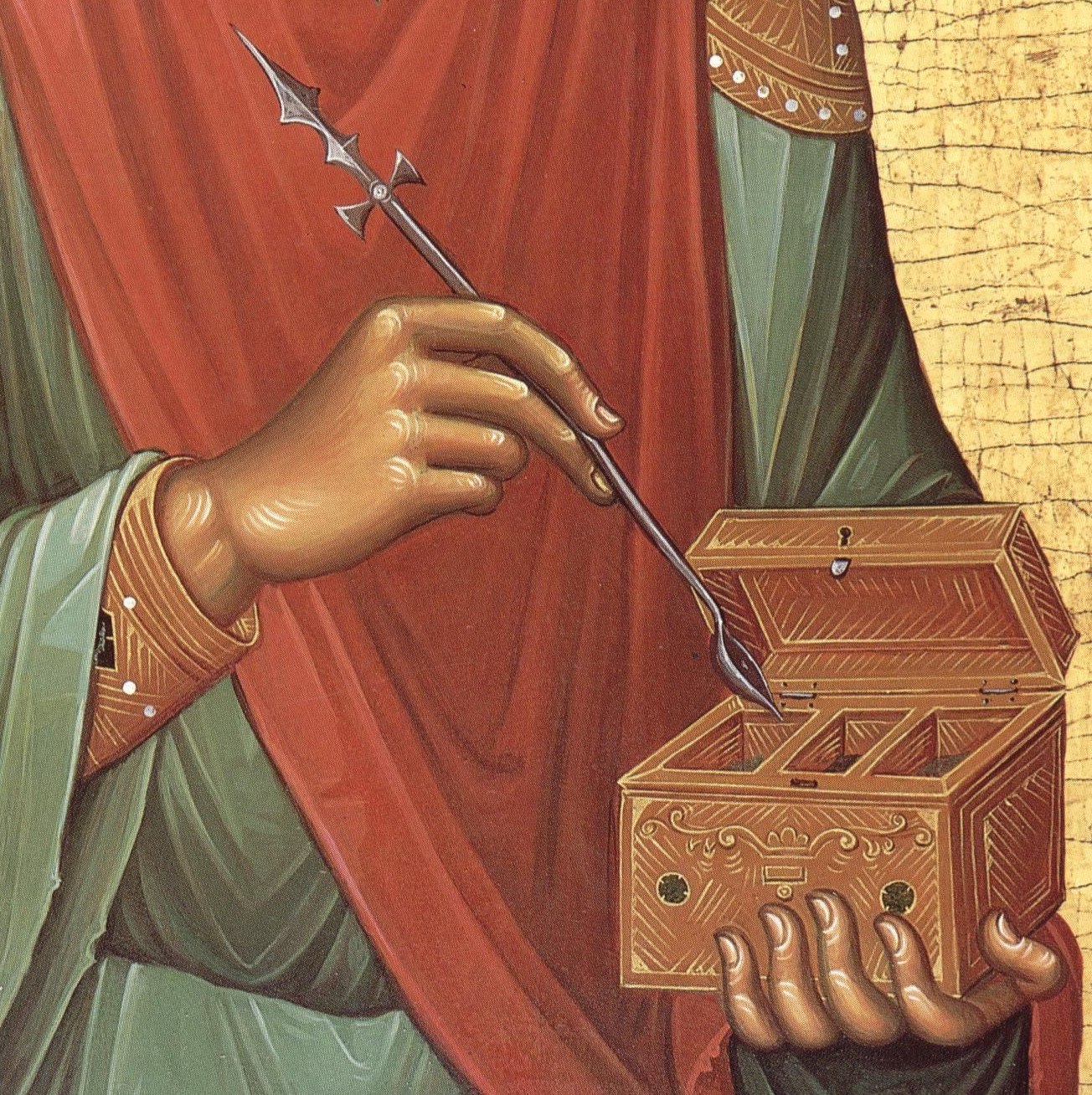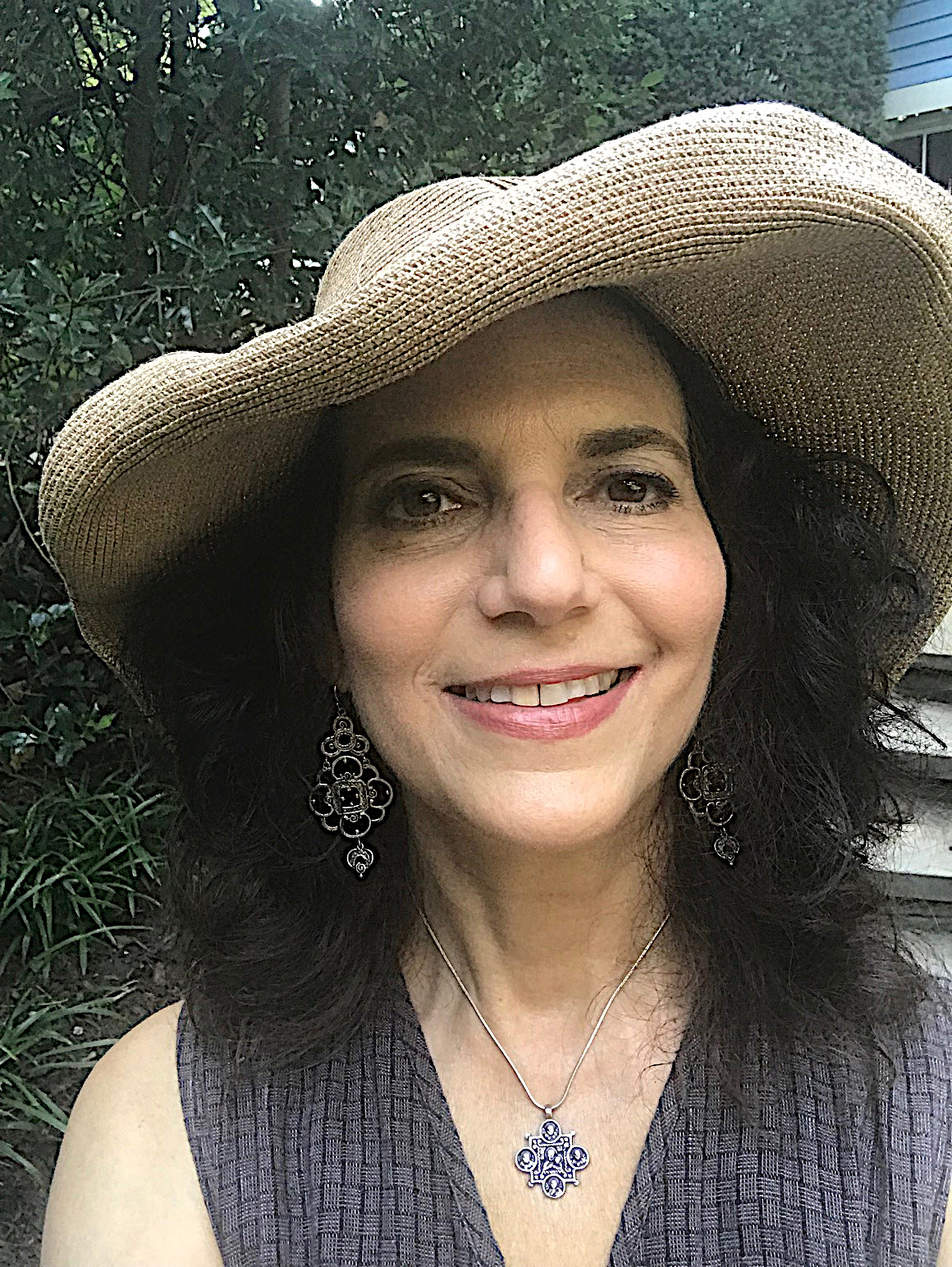
When I was an art student back in the early 1980s, in my naivete I was surprised to suddenly find myself disillusioned with the rising tide of post-modernism. Many of the ideas and aesthetics floating around my college campus seemed fragmented, soulless, empty, and left me feeling bewildered. Surely school was meant be a laboratory of sorts where experimentation is welcomed and new forms and expressions can flourish. But I felt an inner crisis of calling, where my sensibilities and yearning to be an artist were at odds with the prevailing trends.
Where was wholeness, truth, and beauty to be found? Was it permitted or even safe for me to explore these at school? How would I find my way in the world? I also had a keen interest in natural healing, in particular the relationship between healing and art, all the while searching for God--sometimes without my even knowing it.
I eventually left that school (but kept my love of painting) and later realized that the search for wholeness was a lifelong process, one which could not be rushed or “finalized.” I found that wholeness could however be attended to on a daily basis, with God’s help. Matters of health, vocation, relationships, and spiritual life – indeed all matters where one finds meaning – became inextricably connected to each other in my mind. I went on to study iconography, my earliest introduction to Orthodox Christianity and, with the seeds of the Eastern Church firmly planted in my being, would soon after resolve to study holistic medicine. I had found a place to live out my work about wholeness, in holism, to grow into a life in Christ and of service through practicing homeopathy. It is no coincidence that homeopathy and Orthodox Christianity appeared on my horizon around the same time. I now consider them both to be such wonderfully complementary exemplars of holism.
Holism, from the Greek: ὅλος holos "all, whole, entire" gives us the idea that systems (physical, biological, mental, spiritual, linguistic, social, economic, environmental) and their properties should be viewed as wholes, not just as a collection of parts. The principles of holism being: Energy and matter are one and the same reality. The body is a whole and all its parts are interconnected. Every thing is connected to everything else. Each piece contains the whole. The whole is greater than the sum of its parts.
Holism is a concept that can readily be seen woven into the life of the church: in our theology, iconography, architecture, and liturgical practices. That may be why, pre-revolutionary Russia proved to be fertile ground for the growth of homeopathy as it spread throughout Europe during the latter 19th and early 20th century. People living in rural areas would turn to their local parishes, nearby monasteries and seminaries not only for their spiritual needs, but also help for their physical maladies. Out of necessity and because of a natural affinity for a holistic approach, homeopathy’s use became widespread among the Russian Orthodox clergy, its popularity flourishing in the cities as well. Many priests were schooled in the methods of giving homeopathic remedies, and during the closing years of the 19th century, the large-scale participation of the Orthodox clergy in the spread of homeopathy is well documented. It is estimated that several thousand priests worked with homeopathy and regularly administered remedies to members of their flock.
St. Theophan the Recluse and St. John of Kronstadt were both major proponents of homeopathy.
St. Theophan often recommended homeopathic remedies to his spiritual children with whom he corresponded, sometimes sending remedies to them through the mail. St. John of Kronstadt was renowned for his healing abilities during his lifetime. His sympathy to homeopathy and enthusiasm for it were deep and sincere, and many Russian homeopathic societies elected him to be an honorary member. He was frequently asked to give the blessing at the opening ceremonies of homeopathic pharmacies and dispensaries. After his death, the monastery where he was buried became a place of pilgrimage.
Today, we live in times which challenge our sense of wholeness, our connection to our innermost being, to others, and to the world. Now as in other times past, we have in our midst the eternal One who has given us this rich tapestry of life full of joys and sorrows, always calling us with love to live in fullness and wholeness through Him.
Christ stands before us and within us as the physician of our souls and bodies, He who is at once personal and universal, who knows our weakness and illness and provides us healing.
Laura Josephson, CCH, is a board-certified homeopath in practice for over 27 years in Nyack, NY and in NYC. She is author of, "A Homeopathic Handbook of Natural Remedies" (Random House 2002), teacher, lecturer, mentor to aspiring homeopaths, and creator of Althaea natural skincare products. www.nyackhomeopathy.com and www.althaeahealth.com. She attends church at St. Vladimir’s Orthodox Theological Seminary and is also an artist, musician, and mother of four.



